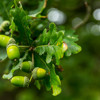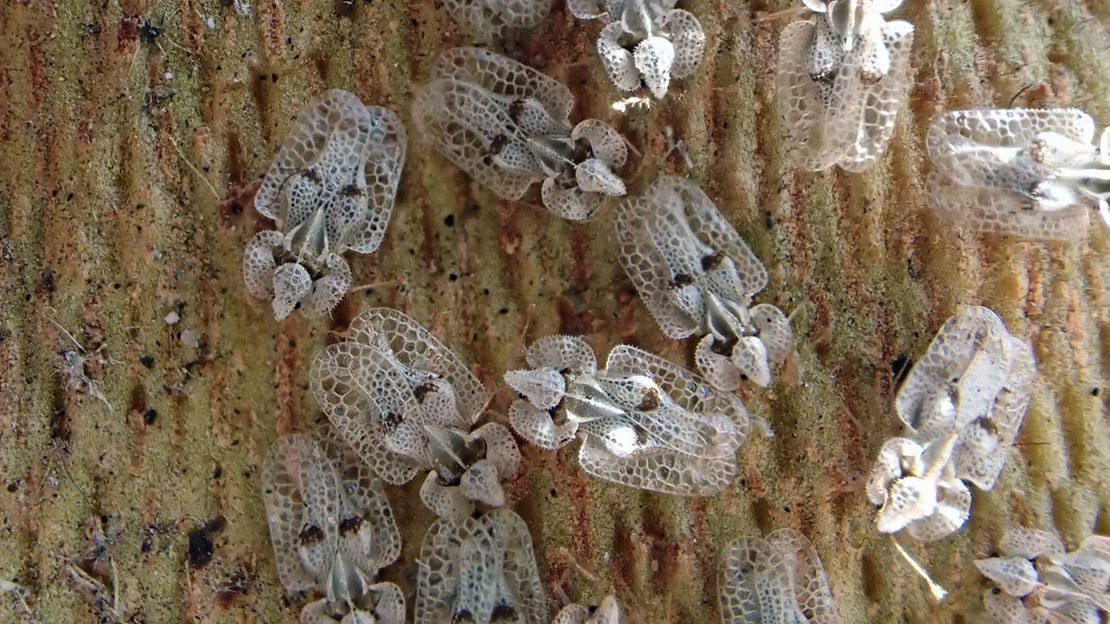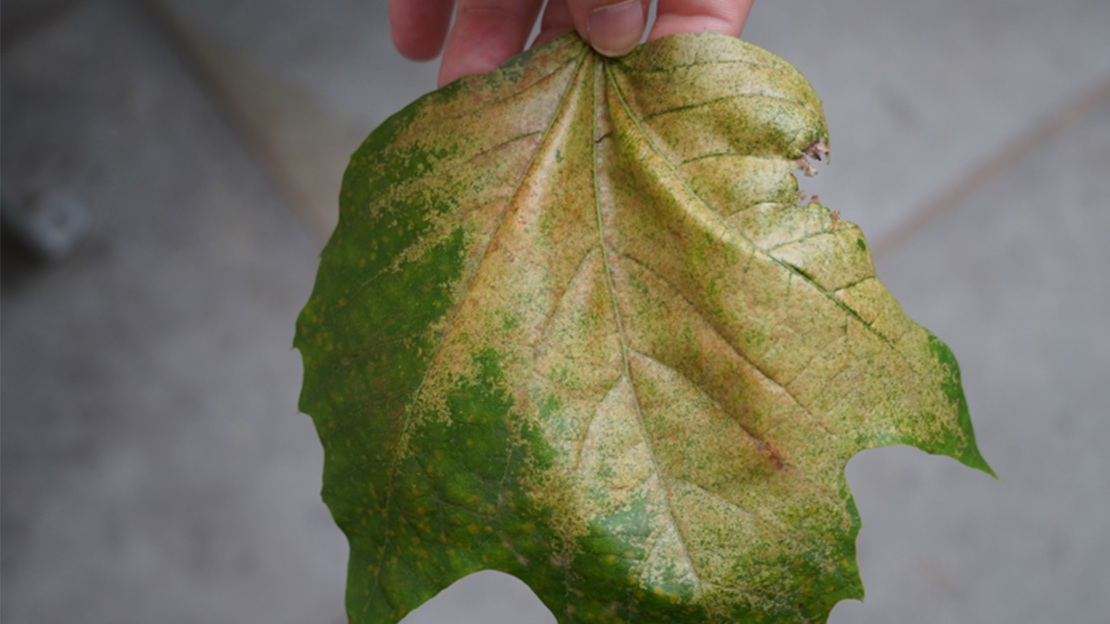Bugs on planes: volunteers hunt for new insect threat to iconic trees

The UK's leading woodland conservation charity
Hardy volunteers are scouring trees across the UK in search of a hitchhiking bug that has made its way to our shores.
The plane lace bug (Corythucha ciliata)* is a new threat to the UK's plane trees (Platanus x hispanica), which are common in parks and particularly iconic in London. Although not a serious threat to humans, this insect has occasionally been reported to bite.
In a first sighting for 18 years, the lace bug was reported by a member of the public and traced back to an outbreak on trees in central London by the Forestry Commission. How it arrived at our shores is still under investigation, but the Woodland Trust said it is known for being a great hitchhiker.

In recent weeks, a team of Observatree volunteers, managed by the Woodland Trust, has been called into action to support official survey activities by scouring the area and reporting any sightings across the UK, to help chart its spread. They can identify the bug from the ground with binoculars, looking for discolouration of leaves.
Vicky Bolton, a citizen science officer who heads up the Observatree volunteers at the Woodland Trust, said:
"The discovery of the plane lace bug is a concern due to its ability to get around and the damage it does to plane trees by sucking their sap.
"It is a very small invertebrate that is great at hitchhiking on vehicles, clothing or bags, and the density of planes in London means this pest may spread quickly, as seen in other European countries.
"Adult lace bugs can fly, but they could also drop onto cars and move this way. Having so many plane-lined streets in many urban areas creates the perfect opportunity.
"The bugs are more attracted to weakened trees - especially likely in areas such as London, with street trees that may be stressed by other environmental factors. The heat island effect also means they may be capable of growing their populations faster. They can weaken trees and in very severe cases cause death in combination with fungal pathogens, so they are a serious concern."

The Woodland Trust manages more than 130 Observatree volunteers. Observatree itself is a multi-partnership project set up by Forest Research to protect the UK's woods and trees from pests and diseases. When there is an outbreak situation, an 'incident management team' invites Observatree's trained volunteers to support surveillance activities and report back.
London plane is the capital's most common tree. As a hybrid of American sycamore and Oriental plane, it was first discovered in the 17th century and then widely planted in the 18th.
According to the London Tree Report, the London plane tree is one of the most important species in Inner London (but not Greater London) along with birch (Betula spp.), lime (Tilia spp.) and apple (Malus spp.).
The tree, which is also found in other parts of the country, is valued for its ability to adapt to urban conditions and for its resistance to pollution. It is therefore widely planted as a street tree in larger cities.

The plane lace bug can reduce growth and weaken affected trees, making them more susceptible to other pests and diseases. In large numbers, this pest can also cause major public nuisance problems because it can land on people in parks, invade homes, and has even occasionally been reported to bite humans, which can cause a mild rash to the skin and result in dermatitis.
Forestry Commission head of plant health forestry Andrea Deol said:
"Volunteers from Observatree, a multi-partnership project set up by Forest Research, play an important role in protecting the nation’s woodlands from pests and diseases through surveillance.
"Following recent findings in central London of plane lace bug, we are conducting further surveillance and ask members of the public to help by reporting suspected plane lace bug findings via our online portal, TreeAlert."
*Corythucha ciliata is not a regulated pest which means there is no requirement to take statutory action.
Notes to editors
For enquiries please contact media@woodlandtrust.org.uk or 0330 333 5313.
About the Woodland Trust
The Woodland Trust is the largest woodland conservation charity in the UK with more than 500,000 supporters.
With a vision of a world where woods and trees thrive for people and nature, today the Trust owns and cares for more than 1,000 woodland sites, covering around 33,000 hectares.
The Woodland Trust has three key aims:
- protecting the UK's rare, unique and irreplaceable ancient woodland
- restoring damaged ancient woodland, nurturing precious pieces of our natural heritage back to life
- establishing new native trees and woods to create healthy, resilient landscapes for people and wildlife.
Access to all Woodland Trust woods is free so everyone can experience the physical and mental benefits of trees.
About Observatree and TreeAlert
Observatree is a multi-partner project that recruits and trains specialist tree health surveillance volunteers. The project began in 2013 and many tree pest and disease educational resources are freely available on the Observatree website.
TreeAlert is the official tool for reporting tree pests and diseases in Britain.

